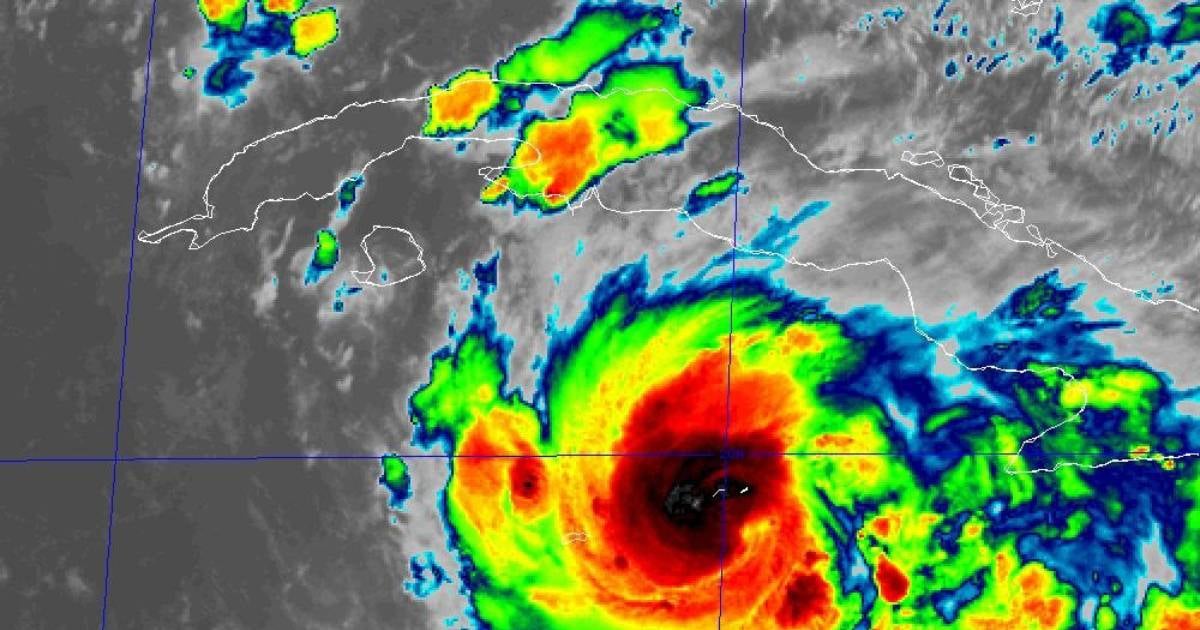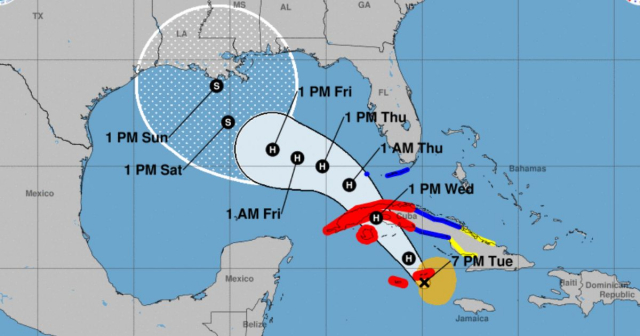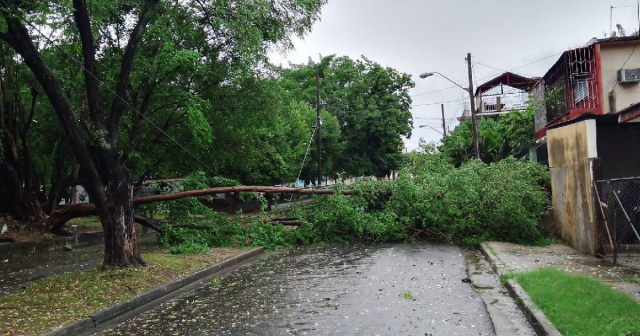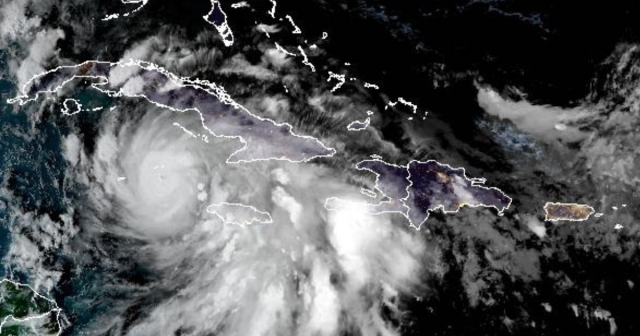
The storm Rafael, which had been a growing threat in the Caribbean, became a Category 1 hurricane on Tuesday afternoon and is moving toward the western part of Cuba at a speed of 75 miles per hour (120 km/h).
At 7:20 p.m. (EST), the National Hurricane Center (NHC) of the United States reported that Rafael's maximum sustained winds have reached 75 miles per hour (120 km/h), based on data from aerial reconnaissance.
The center of the hurricane is currently located 20 miles southeast of Little Cayman, in the Caribbean Sea.
According to the latest notice issued by the Cuban Institute of Meteorology (INSMET) at 6:00 p.m. (local time), Rafael has shown an increase in its organization and intensity.
At 6:00 p.m., the storm was located at a latitude of 19.5° N and longitude of 79.9° W, near the Cayman Islands and 360 km southeast of Punta del Este, Isle of Youth.
Rafael has continued its northwest trajectory, with a translational speed of 24 km/h.
It is expected to continue moving northwest over the next 12 to 24 hours, approaching the Cayman Islands, where it could intensify further.
The heavy rain and thunderstorms that have affected the eastern and central regions of Cuba will extend to the west during the night and early morning, with rainfall accumulations of between 100 and 200 mm in 24 hours.
Additionally, winds in the western and central regions of Cuba are expected to increase from 35 to 50 km/h, reaching speeds of between 85 and 100 km/h with higher gusts by Wednesday afternoon.
Strong swells are expected along the central and western southern coast of Cuba, with a possibility of moderate to severe coastal flooding in the provinces of Sancti Spíritus, Cienfuegos, Matanzas, Mayabeque, Artemisa, and Pinar del Río, as well as in the Isle of Youth and the Canarreos archipelago.
What do you think?
COMMENTFiled under:






